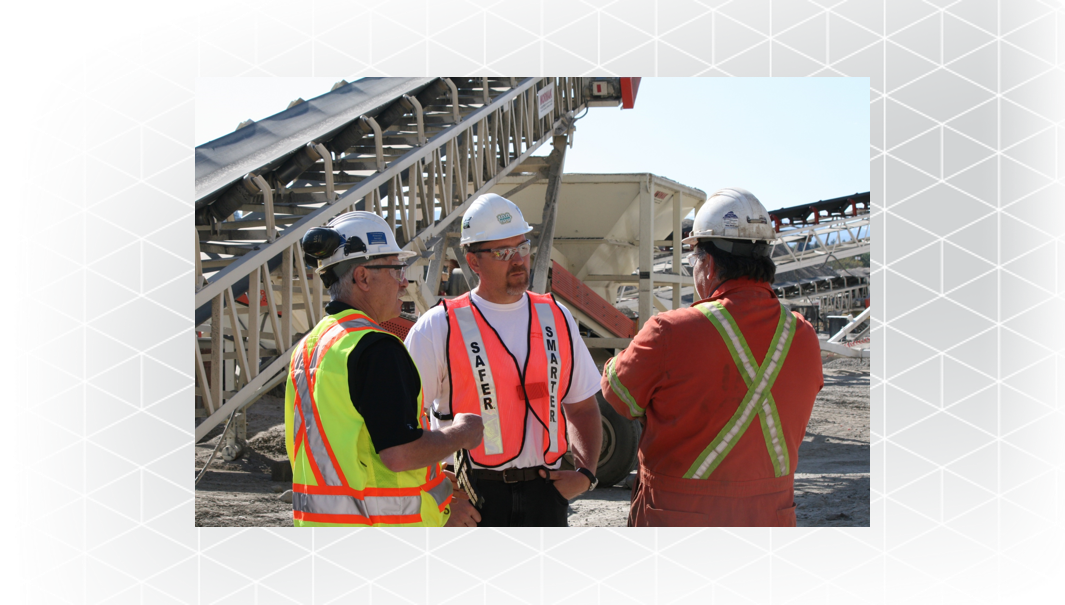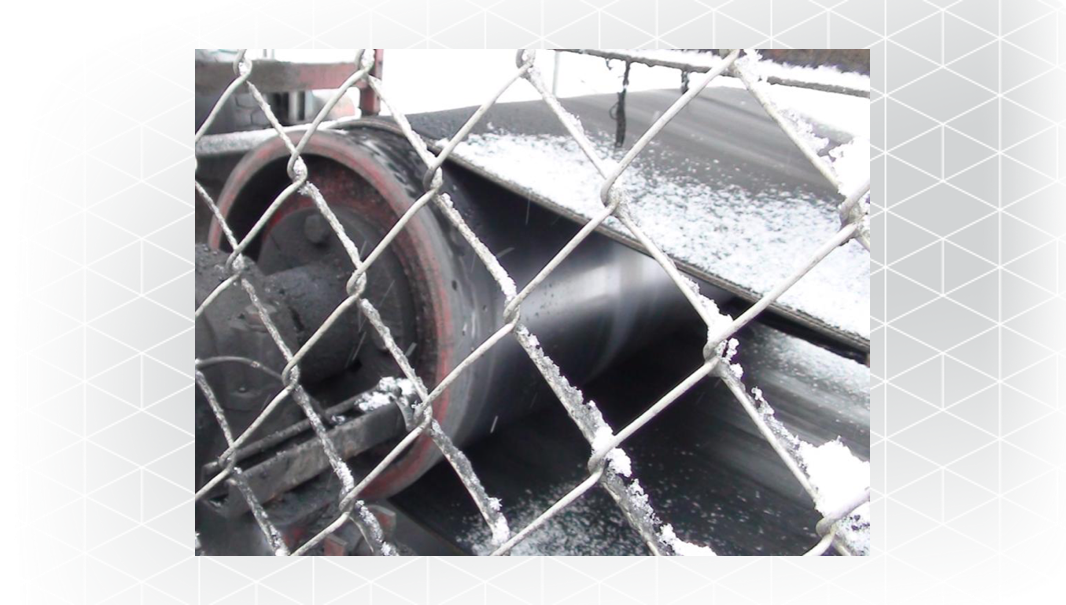

Evaluating Your Belt Conveyor System – Carryback, Mistracking, Spillage, Slippage
The Importance of Belt Conveyor Assessments
Taking a more proactive approach to your conveyor maintenance can extend the life of your system and its components. If you take the time to periodically assess your system, you can detect potential problems before they lead to costly repairs and unscheduled downtime.
Flexco recommends all belt conveyor systems receive a thorough review at least once per year, ideally before you are up and running at full steam. These assessments are most effective when conducted by an outside party not familiar with the day-to-day operations who can provide a fresh set of eyes. The assessment should be comprehensive, reviewing every component of the system, to help identify potential problems and proactively address any maintenance issues.
After conducting thousands of belt conveyor assessments on operations of all sizes, here are the four most commonly identified belt conveyor challenges Flexco has found in an assessment:

Carryback
Conveyor belt carryback is one of the most common and most costly issues impacting an operation. While material sticking to the conveyor belt may seem like an inevitable “cost of doing business,” it presents real concerns and challenges. In fact, CEMA conservatively estimates carryback to be as high as three tons per week, given a 60" wide belt traveling at 800 feet per minute. Over the course of a full year, this is over 150 tons of material for one belt. If carryback on a conveyor can be reduced from 3% to 1%, it can result in a 67% reduction in conveyor maintenance costs.
Carryback can lead to conveyor belt damage and/or downtime, lost productivity, and possibly even safety hazards. It can be easy for someone who works on the conveyor every day to overlook or disregard clear signs of carryback, further underscoring the need for a fresh set of eyes on your system.
Mistracking
Where there is carryback, there is likely to be mistracking on the conveyor. Buildup on the rollers can cause the belt to drift to one side, but mistracking can also be caused by uneven belt wear, an incorrect splice, or off-center loading. All of these issues can be identified in an independent belt conveyor assessment.
Preventing mistracking is essential, as even slightly misaligned conveyor belts can lead to spillage, excessive wear of the belt, and major damage to equipment or even the structure.

Spillage
The third most commonly found problem in a belt conveyor assessment is spillage. Conveyer belt spillage can negatively affect the efficiency of an operation through material loss, damage to equipment, and the extra time and expense needed to clean it. It can also pose a significant threat to worker safety and the operation’s environmental impact.
Because conveyer belt spillage can occur anywhere along the line, a comprehensive assessment of the entire system is the most effective approach to identify occurrences.

Slippage (or Belt Slip)
Weather conditions. Improper setup of the system. The very material you carry. All of these issues can contribute to the pulley not gripping the belt properly, leading to conveyor belt slippage. Conveyor belt slippage is a common problem that can force your entire system to work harder, causing unnecessary wear and tear and eventually downtime and repairs.
A complete belt conveyor assessment can help you identify why and where slippage is occurring or likely to occur and address the problem before it becomes even more costly.
Schedule Your Assessment Today!
Inspecting and performing maintenance on all of your conveyor system components should be part of an overall maintenance plan, and an assessment is a large part of that plan. The amount of effort you put into proactive maintenance will decrease the amount of unexpected downtime, help keep your workers safe, and help your operation run more efficiently.
Contact your local Applied® service center today to schedule an onsite belt conveyor assessment at your location.
DISCLAIMER: The above content is provided by the supplier. Applied does not guarantee the accuracy or timeliness of the content.
The above content is provided “AS IS”, AND ANY AND ALL EXPRESS AND IMPLIED WARRANTIES OF MERCHANTABILITY AND FITNESS ARE HEREBY EXCLUDED.
All warranties, if any, are solely from the supplier.



 Find a Service Center
Find a Service Center